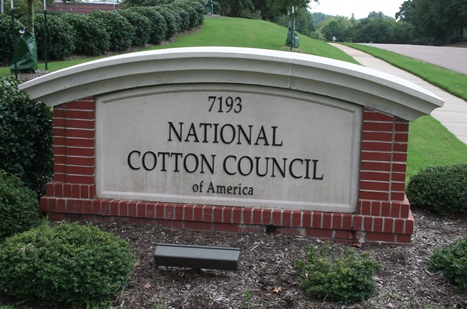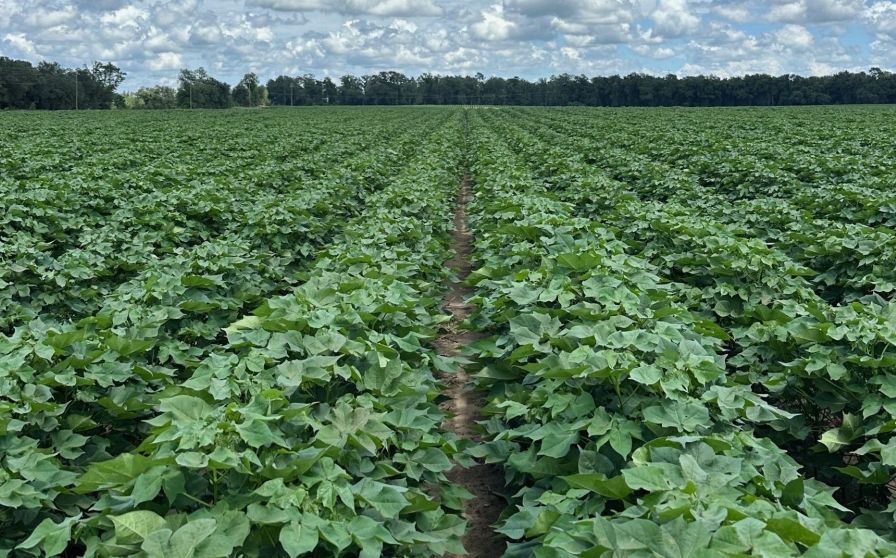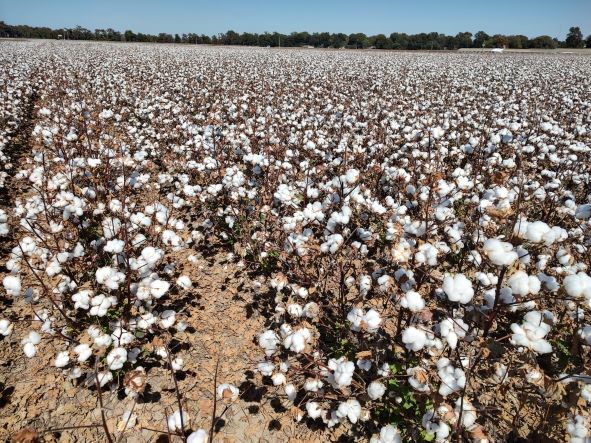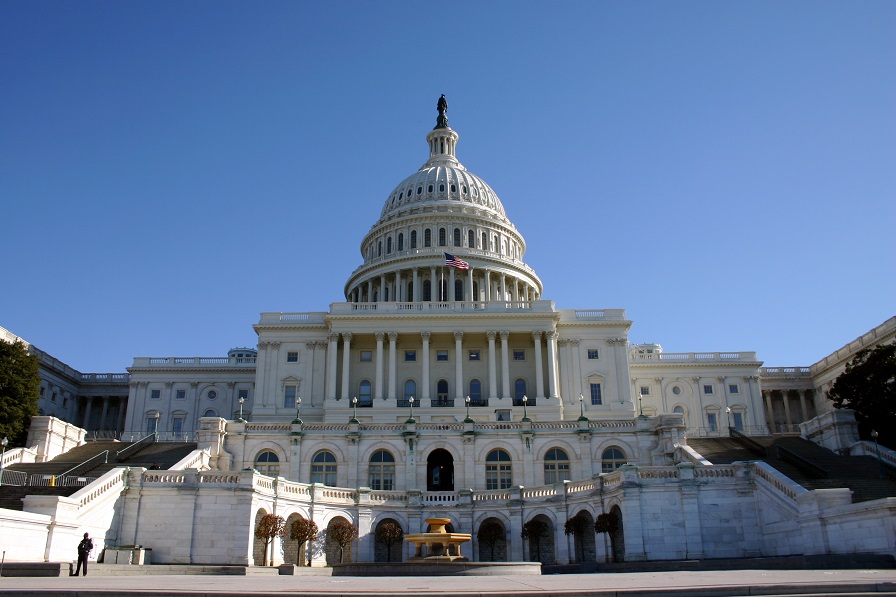New Hedging Strategy
If you diligently read Cotton International, you may recall my article from 2007, also titled “New Hedging Strategy.” This can be considered “Part Two,” as you may be curious to learn what view I would have after the March 2008 cotton market disaster. Does it still really make sense for European traders to go back to the hedging of physical cotton in order to better limit and control financial exposure? So that we may better understand the more complex correlation between the Cotlook index and IntercontinentalExchange (ICE) quotes, let us look back at the past nine months.
Currently, most farmers or ginners who used to sell far in advance – in Brazil or West Africa – are almost sold out for the 2008/09 marketing year. Countries that normally sell for immediate shipment – India, Pakistan and Greece – have not yet been large sellers. But the wrestling between merchants and producers has barely begun in a gloomy international environment.
On the other hand, it has been messy for those who buy at a fixed price, and they have disappeared from the market. Basis traders are quite puzzled over what a good basis actually is. Is it realistic for cotton merchants who have physical hedges to ignore ICE futures completely? They are traumatized by what happened last March and know it could happen again at anytime. Could it push a large number of European merchants to return to the golden age of hedging physical cotton? At first glance, this may look attractive, or at least much safer cash wise, but some questions remain:
- Can you be competitive in a long fixed price when rising prices cause customers not to buy at all?
- Isn’t it too dangerous, with relatively poor return, to go short at a fixed price in a downtrend when the market is volatile? Outside of the Central Asian states, government policy prevails and may follow the trend no matter the circumstances. Traders short physical cotton may be squeezed by basis traders during limit up days at ICE, making some producers very happy to sell.
- Is it realistic for a mostly physically hedged cotton merchant to ignore ICE futures completely, because of what occurred last March? Clearly speculators, when they return to the market, will be less powerful, at least in the short term. The painful lesson taught in March, in conjunction with a lower U.S. crop expected over the coming years, should reduce the predominant role of New York in the systematic hedge for all growths.
- Will buyers return to “on call” purchases in up to three years in advance? And will merchants return to “on call” sales? I am not sure it will occur again in as big a proportion as in the past, but the answers are fundamental. Why keep pushing sales at a fixed price when most of buyers would be interested in “on call” purchases only?
- Lately we have seen some intentions to sell “on call” again from some producers, particularly in Spain, Greece and Brazil. Would this scenario really relieve the burden of margin calls for the merchant? A two sided-effect will arise. The trader would continue to have margin call risks between now and the date buyers and sellers fix the price, and the risk of suppliers not delivering cotton when price is plummeting remains high.
- Does the options market give secondhand, but less risky protection? In my opinion, the answer is, partially, yes. Admittedly it would be far from a perfect hedge and not very liquid, but the options market can bring fast returns as long as the seller or buyer is not too greedy. In a newly restructured cotton market there will be fewer and fewer periods of intense activity.
In this new cotton world where landmarks have exploded, a clever mix from the “golden age of physical cotton hedge,” seasoned with new tools from the futures and options platforms, will give European cotton traders reason to go on with an optimistic mood.









